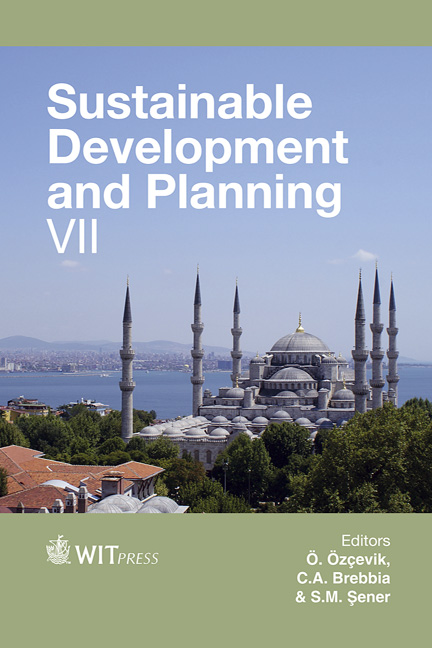Urban Adaptation Post-earthquake
Price
Free (open access)
Transaction
Volume
193
Pages
11
Page Range
797 - 807
Published
2015
Size
784 kb
Paper DOI
10.2495/SDP150671
Copyright
WIT Press
Author(s)
C. Zanirato, M. Contini
Abstract
Cities can grow only when something changes from within, by continuously updating with the times and through innovation. We’re talking about a qualitative growth, the only thing able to give the city a higher status. The post-earthquake reconstruction plan for a town or city hit hard, like Mirandola, is a great opportunity to reflect on such dynamics. Comparing the historical map of the fortified city in the Renaissance with the recent expansion, it is clear that the forma Urbis is clearly recognizable, it does not match any anything else: a precise conformation that has been followed by only one augmentative process. No longer able to think in terms of an “accomplished” urban form, we can operate profitably in terms of systems, “conforming” urban systems to govern the transformation, the growth. The starting point was a system of slow mobility: creating, planning and completing pedestrian and cycle paths; modifying vehicular access, extending pedestrian areas and offering more public and private parking; conserving and safe-guarding public parks with appropriate facilities, piecing them together with the open spaces of the countryside and conforming new settlements according to urban design; and last but not least, the reconstruction of buildings damaged by the earthquake for a renewed urban setting. Even though it is difficult to think of a physical transformation of a city, it is possible to intervene in its functional form, relatively intangible, but nevertheless effective. The earthquake of 2012 had a strong impact on the urban fabric of the town, altering the relationship between “full” and “empty”: the ruins have left a glimpse of the unexpected relationship between these two elements, and uninhabited areas have acquired a strategic value for the relocation of parts of the city.
Keywords
urban shape, reconfiguration of the town, rehabilitation postearthquake, urban accessibility, urban design





